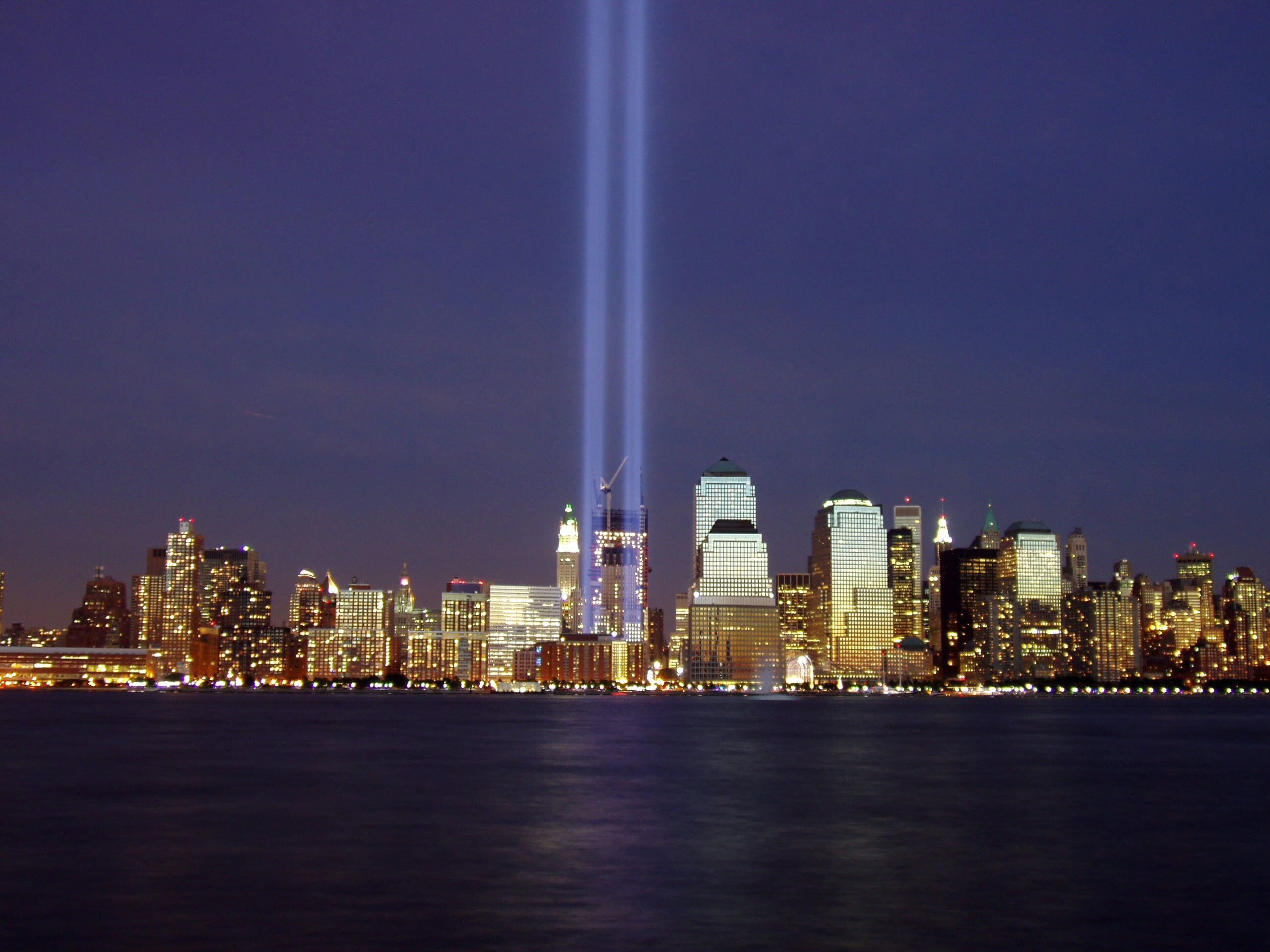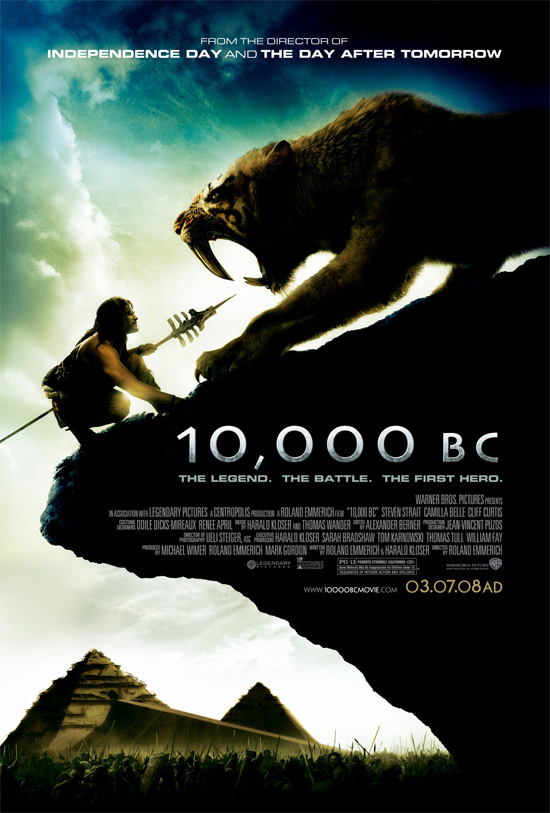Wednesday, September 24, 2008
The Joys of Teaching English
Monday, September 22, 2008
Civil War Reenactors: Living the Low-Tech Life


 The trip had two highlights. The first one occurred when I was getting my photograph taken with a Robert E. Lee interpreter, and nearly got trampled by his horse. Alas, I didn't get seriously injured. I mean, it would have been cool to have been injured by both Robert E. Lee's horse and Stonewall Jackson's grave site in the same year. But, unfortunately, Traveller left no hoof-print on my back.
The trip had two highlights. The first one occurred when I was getting my photograph taken with a Robert E. Lee interpreter, and nearly got trampled by his horse. Alas, I didn't get seriously injured. I mean, it would have been cool to have been injured by both Robert E. Lee's horse and Stonewall Jackson's grave site in the same year. But, unfortunately, Traveller left no hoof-print on my back. 


Wednesday, September 17, 2008
No Country For Old Men: A Recommendation
 I've been in a reading slump ever since I finished Stephanie Meyer's premiere vampire melodrama, Twilight. Of course, I assume the slump came as punishment for reading that novel against my better literary judgement. As a form of repentance, I picked up Cormac McCarthy's No Country For Old Men. I finished the novel on Monday and I already feel my self-respect returning.
I've been in a reading slump ever since I finished Stephanie Meyer's premiere vampire melodrama, Twilight. Of course, I assume the slump came as punishment for reading that novel against my better literary judgement. As a form of repentance, I picked up Cormac McCarthy's No Country For Old Men. I finished the novel on Monday and I already feel my self-respect returning.Saturday, September 13, 2008
Update On What I Saw Out My Window
Here's an update on what happened near us yesterday. After dinner, I got up to do the dishes only to see this apartment buiding surrounded by emergency vehicles. Oddly enough, we didn't hear any of them arrive. We learned what happened from a neighbor.
Police: Man shot at Fairfield apartment
Officers investigating second apartment shooting in as many nights.
Staff Writer
Saturday, September 13, 2008
FAIRFIELD — A man shot at a Fairfield apartment complex was not conscious when he was flown by medical helicopter to the hospital Friday night, police said.
Police and emergency crews responded at around 5:55 p.m. Friday, Sept. 12, following a report of a shooting inside a unit at the apartment complex, said Fairfield police Sgt. Don Garrett.
Officers arrived at the scene and found a black male suffering from a gunshot wound, Garrett said. He was flown by Air Care medical helicopter to University Hospital in Cincinnati.
Police initially reported the male shot was a juvenile, but later Friday said the victim was an adult, but would not release his name, age and extent of his injuries. However, Garrett said he was unconcious when he was being treated at the scene.
The apartment building in which the shooting apparently took place was cordoned off by police caution tape late Friday night. A neighbor said she saw one man exit the building in a hurry and leave the scene with three other men in a green van before officers arrived.
Garrett said the shooting remains under investigation and did not release any other details.
Fairfield police also are investigating a shooting incident that occurred the previous night at the Heritage Glen apartment complex, located on Brookfield Drive about two miles north of Friday night's shooting.
At around 7 p.m. Thursday, Sept. 10, police responded to an assault where shots were fired at Heritage Glen. One man was treated for unknown injuries at Mercy Hospital, but police said he had not been shot. No suspects were arrested in the incident, police said.
According to Sgt. Jeff Sprague, the two incidents appear unrelated.

Friday, September 12, 2008
What I Saw Out My Window Today
Fairfield police investigating teen's shooting
Staff Writer
Friday, September 12, 2008
FAIRFIELD — A teenager was shot at a Fairfield apartment complex and was not conscious when flown by medical helicopter to the hospital Friday night, police said.
Police and emergency crews responded at around 6:20 p.m. Friday, Sept. 12, following a report of a shooting at the apartment complex, said Fairfield police Sgt. Don Garrett.
Officers arrived at the scene and found a black male juvenile suffering from a gunshot wound, Garrett said. The juvenile was flown by Air Care medical helicopter to University Hospital in Cincinnati. The boy's name was not released and his condition was unknown, but Garrett said the boy was unconscious when being treated at the scene.
Fairfield detectives were at the scene investigating the incident.
For more on this issue, keep your browser here.
Contact this reporter at (513) 820-2122 or rwilson@coxohio.com.
Thursday, September 11, 2008
9/11 Revisited: Generations of Forgetting
 Yesterday, I had a hard time talking with my English students about the legacy of the September 11 terrorist attacks--although not because of the difficult nature of the subject matter. All but four of them had been in the sixth grade when the attacks occurred. Only a few of them had distinct memories of the day, and fewer still remembered how easy it used to be to board an airplane.
Yesterday, I had a hard time talking with my English students about the legacy of the September 11 terrorist attacks--although not because of the difficult nature of the subject matter. All but four of them had been in the sixth grade when the attacks occurred. Only a few of them had distinct memories of the day, and fewer still remembered how easy it used to be to board an airplane. Tuesday, September 9, 2008
Proto-Lohan and the Killer Ostriches: A Review
 12,008 years ago, a band of marauding horsemen upset an insecure cave man when they kidnapped his girlfriend, the first Lindsey Lohan look-alike in unrecorded history. So argues, at least, the recent film 10,000 BC, which has the distinction of being the first prehistoric epic since Ice Age 2: The Meltdown.
12,008 years ago, a band of marauding horsemen upset an insecure cave man when they kidnapped his girlfriend, the first Lindsey Lohan look-alike in unrecorded history. So argues, at least, the recent film 10,000 BC, which has the distinction of being the first prehistoric epic since Ice Age 2: The Meltdown. Of course, audiences do not go to a movie like 10,000 BC for its compelling plot and quality acting. They go for its action, adventure, special effects, and leather-clad cast of models-turned-actors. In this respect, 10,000 BC delivers up to a point. I would have liked to have seen more saber-tooth tigers in action, for example. I also kept hoping--just for laughs, of course--that the Lindsey Lohan look-alike would check herself into prehistoric rehab.
Of course, audiences do not go to a movie like 10,000 BC for its compelling plot and quality acting. They go for its action, adventure, special effects, and leather-clad cast of models-turned-actors. In this respect, 10,000 BC delivers up to a point. I would have liked to have seen more saber-tooth tigers in action, for example. I also kept hoping--just for laughs, of course--that the Lindsey Lohan look-alike would check herself into prehistoric rehab.